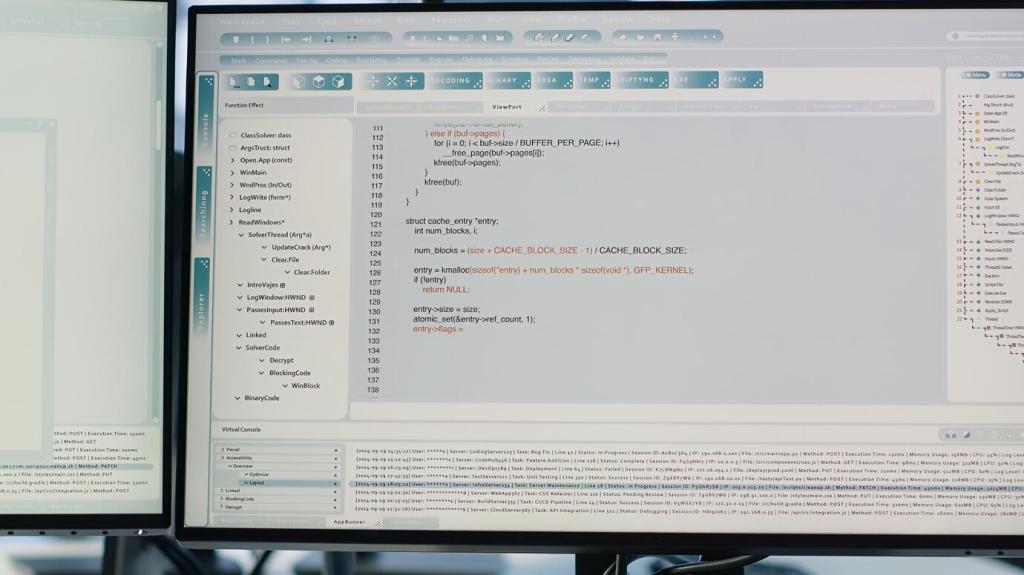
Benefits of Using Open-Source Software
Open-source software has become a prominent choice for businesses, developers, and individuals around the globe. By being freely available for modification and distribution, open-source software empowers users to collaborate, innovate, and tailor solutions to their specific needs. The transparent nature of open-source software, combined with its emphasis on community-driven development and accessibility, offers numerous advantages over proprietary alternatives. In the following sections, we explore the core benefits that make open-source software an attractive option for those seeking flexibility, security, and cost efficiency in their digital solutions.
Enhanced Flexibility and Customization
Open-source software stands out due to its adaptability. Since the source code is openly accessible, developers can modify and enhance functionalities to address specific needs that proprietary software might not accommodate. This means a business can extend features, integrate with other tools, or even remove unnecessary components, making the software leaner and more efficient. Being able to shape the software without external restrictions is invaluable, especially for organizations operating in dynamic environments that require constant evolution in their digital tools.
By using open-source software, organizations can avoid the risk of vendor lock-in—a common problem with proprietary solutions where users become dependent on a single provider for updates, support, and licensing. Open-source alternatives grant the freedom to switch providers, take maintenance in-house, or seek outside expertise without contractual obstacles. This autonomy empowers users to make decisions that best suit their long-term strategies and fosters a sense of control over their technology stack. As a result, switching costs and dependency risks are significantly minimized.
The transparent nature of open-source software means that user experience can be optimized to a greater extent compared to closed platforms. Customization is not limited to the backend or core logic; organizations can revamp user interfaces and introduce new interaction paradigms that better serve their staff or customers. This capacity to redefine software usability supports higher productivity and satisfaction, ensuring that the software evolves alongside user expectations rather than remaining static as dictated by external vendors.
Cost Efficiency and Resource Optimization
Reduced Licensing Costs
A significant benefit of adopting open-source solutions is the elimination or dramatic reduction of licensing fees. Unlike proprietary software that often requires expensive licenses or recurring subscription payments, open-source software is typically free to use, distribute, and modify. This cost-saving aspect lowers the barrier to adoption for organizations of all sizes and can be particularly transformative for those with limited budgets. The freed-up funds can then be redirected toward areas like training, research, or expanding technological capabilities.
Scalability Without Prohibitive Expenses
One challenge of scaling technology with proprietary solutions is the escalating cost as more users or resources are added. Open-source software, in contrast, usually does not impose additional charges per user or installation. This means businesses can expand their operations or integrate additional functionalities without worrying about exponential increases in software expenses. The transparent cost structure ensures predictability in budgeting and supports sustainable growth as user demands change over time.
Community-Driven Support Reducing Maintenance Costs
Open-source projects often benefit from vibrant communities that contribute to their development and provide solutions to common issues. This collective support ecosystem reduces reliance on costly vendor support contracts. Through forums, online documentation, and shared knowledge bases, users can efficiently troubleshoot problems, share best practices, and benefit from the collaborative expertise available within the community. Such support structures enable organizations to maintain and evolve their technology stacks without incurring significant maintenance overhead.

Previous slide
Next slide
